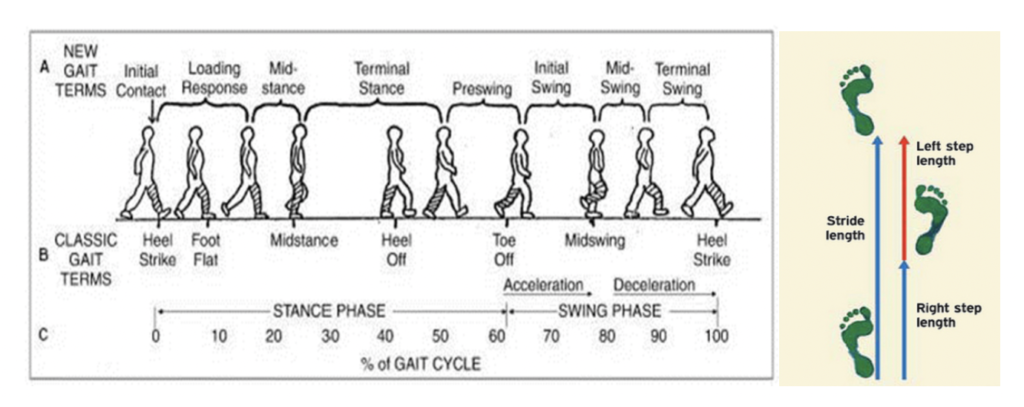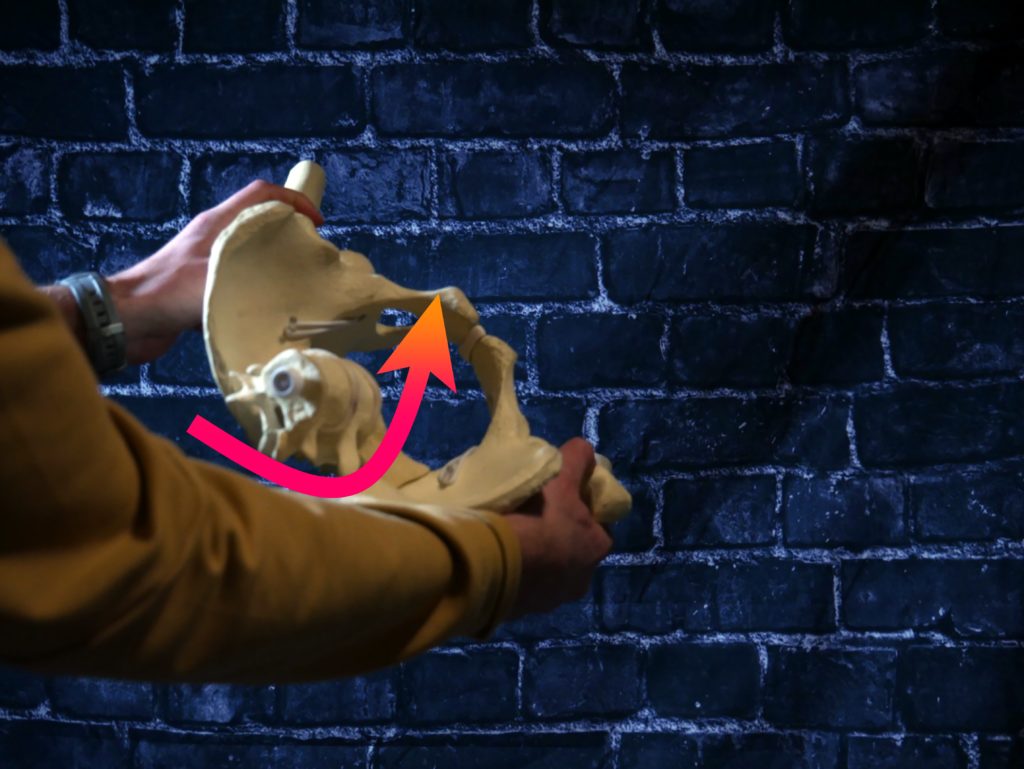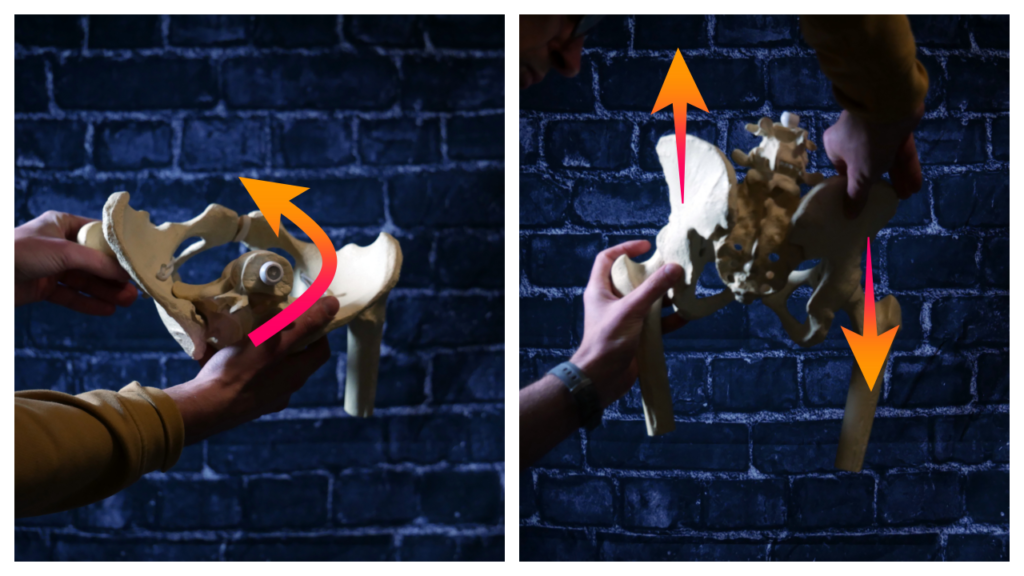Table of Contents
An overview and novel assessment of gait mechanics
Walking is one of the most fundamental movements we have as humans, yet how often do we see movement inefficiencies present in this common pattern?
You know who I’m talking about. The person who has no arm swing. The waddler, the toe walker. Clearly, something is going awry, but how do we determine what?
The best way to determine how to best improve gait abnormalities is by thoroughly understanding what normal gait mechanics look like.
If we know what the biomechanical ideal is for gait, we can then work backward from where our supreme clientele starts at.
Be ready to take your gait knowledge to the next level by checking out Movement Debrief Episode 141 below!
Watch the video below for your viewing pleasure.
Or listen to my sultry voice on the podcast version:
If you want to watch these live, add me on Instagram.

 t
tShow notes
Check out Human Matrix promo video below:
Below are some testimonials for the class:
Want to sign up? Click on the following locations below:
February 20th-21st, 2021, Atlanta, GA (Early bird ends January 17th at 11:55 pm!)
April 10th-11th, 2021, Warren, OH (Early bird ends March 14th at 11:55 pm)
May 29th-30th, 2021 Boston, MA (Early bird ends April 25th at 11:55 pm!)
August 14th-15th, 2021, Ann Arbor, MI (Early bird ends July 18th at 11:55 pm!)
September 25th-26th, 2021, Wyckoff, NJ (Early bird ends August 22nd at 11:55 pm)
November 6th-7th, 2021, Charlotte, NC (Early bird ends October 3rd at 11:55 pm)
Dickinson College in Carlisle PA (POSTPONED DUE TO COVID-19) [Approved for 14 Category A CEUs for athletic trainers]
Montreal, Canada (POSTPONED DUE TO COVID-19) [6 CEUs approved for Athletic Therapists by CATA!]
Or check out this little teaser for Human Matrix home study. Best part is if you attend the live course you’ll get this bad boy for free! (Release date not known yet 🙁
Here is a signup for my newsletter to get nearly 5 hours and 50 pages of content, access to my free breathing and body mechanics course, a free acute:chronic workload calculator, basketball conditioning program, podcasts, and weekend learning goodies:
[yikes-mailchimp form=”1″ submit=”Get learning goodies and more”]
Human Locomotion – This book is the gold standard when it comes to gait mechanics.
Bill Hartman – Daddy-O Pops is one of the best PTs I know and is a big mentor to me.
Veronika Campbell – She’s an incredibly smart clinician who you definitely should check out.
How to Stack – This post is the fundamental concept I teach all of my clients.
Here are some of my top articles outlining our inherent asymmetry in our bodies:
Normal Lumbopelvic gait mechanics
Question: Could you explain the lumbopelvic mechanics during the gait cycle?
Answer: It’s easiest to understand what the sacrum is doing by looking at the stance phase of gait.
We can break this part of gait into three components:
- Initial contact: When the foot hits the ground
- Midstance: When the center of mass is over the midfoot
- Propulsion: When I begin big toe extension and transition to the swing phase on this leg

Let’s use left stance as our frame of reference.
When I am beginning left stance, the sacrum is oriented to the right. As I progress through left stance, the sacrum will begin to rotate to the left; pivoting around the left leg.
During initial contact, the sacrum starts from a right orientation and begins rotating leftward towards a “centered” position. Here, the stance femur will be in flexion, abduction, and external rotation. The swing leg will be in extension, adduction, and internal rotation. The bias in the pelvis is more towards external rotation.

During midstance, the sacrum continues rotating left, and a frontal plane shift occurs within the pelvis. The left innominate will be higher than the right, placing the left femur into extension, adduction, and internal rotation. The bias in the pelvis is more towards internal rotation.

Lastly, with propulsion, the sacrum rotates fully to the left, with the right innominate being further forward than the left, completing the gait cycle. Though the left femur is still in extension adduction, and internal rotation. The bias in the pelvis is more towards external rotation

Once you’ve stood on your left leg like a boss, the exact opposite rotation occurs about the right leg.
Determining phase of gait restrictions
Question: How do you conclude which stance of gait is each pelvis stuck in?
Answer: Though we don’t necessarily get “stuck” in various positions, understanding what happens femorally during the gait cycle can give us an idea as to what areas we need to focus on.
PUBLIC SERVICE ANNOUNCEMENT: Please, for the love of all the things I discuss on this site, make sure you can stack before doing all this rotational stuff I’m about to show you. If someone has fairly bilateral restrictions, they will benefit from bilateral work. You go too fast down this progression, and you won’t get the results you’ll desire. You aren’t ready for the big move 😉
Once you’ve stacked, and you see sizeable asymmetries present in the lowers, going through the different gait phases can be the cleanup your peeps need to move ever so freely!
Let’s dive into how. (left leg will be our reference)
Initial contact and propulsion activities
During left initial contact, the femurs are doing the following:
- Left femur: Flexion, abduction, and external rotation
- Right femur: Extension, adduction, and internal rotation
If I have femurs that are in these positions, and I’ve lost dynamics within the pelvis, the following motions will then be restricted:
- Limited left hip extension, adduction, and internal rotation
- Limited right flexion, abduction, and external rotation
If you see the above presentation, you are dealing with someone who needs to drive left sacral rotation and rotational hip shifting. The reason for these needs is because these gait positions require pelvic external rotation, which is appreciated during initial contact and propulsion.
You’ll want to start this shifty party up by rotating to the center position (initial contact activities). If driving left initial contact, you’ll rotate the sacrum to the center with the left leg in front and the right leg back.
One of my favorite moves to restore this motion is a left shifty split squat:
Once you’ve nailed this position and got some motion improvements, then get ready to propel like you’re on a boat (cue early 2010’s). Here, you’ll rotate the sacrum left with the left leg back and the right leg in front. Posterior hip stretching is money, as are single leg squats:
Midstance activities
During left midstance, the femurs are doing the following:
- Left femur: Extension, adduction, and internal rotation
- Right femur: Flexion, abduction, and external rotation
If I have an inability to reach midstance on the left, the common finding I see is:
- Limited left hip flexion, adduction, and internal rotation
- Limited right hip abduction, rotation can be either
It’s not a crystal clear as the previous iterations. I think left extension clears more in this scenario because the left femur is extending to reach midstance, but what I see restricted is the frontal plane hip shift needed during midstance.
This hip shift is going to be the major focus of improving these restrictions. Any activity where a pelvic obliquity is created (left innominate higher than the right) is money for improving these issues. A table side stride is one of my classics in this regard:
Waddling gait
Question: What can I do about a client with a waddling gait pattern? This person has limited hip extension and internal rotation, along with very stiff feet?
Answer: You see that person who has that waddle waddle (probably not much shaky shaky), and you are thinking: “why in the hell does this person waddle?”
The answer, folks, is pretty simple:
Midstance deficiency
As you remember (hopefully), there needs to be a frontal plane shift occurring in midstance, with the stance-side innominate being higher ipsilaterally than the contralateral side.
At this gait phase, the ipsilateral femur will adduct and internally rotate.
But what happens if you lack the ability to attain this position?
I’M GLAD YOU ASKED!!!!!
If I can’t adduct, the femur will aggressively abduct, causing the pelvis and trunk to sway ipsilaterally away from midline; hence the waddle:

Your solution to this problem is twofold: drive frontal plane shifting and pronation.
A great move to achieve this goal would be the table side stride or any type of lateral squat progression:
Sum up
- Gait involves the sacrum rotating around the stance leg, with an ipsilateral frontal plane shift midway through.
- Reduced external rotation-based measures respond well to activities mimicking initial contact and propulsionl internal rotation loss often improves with midstance activities.
- Waddling gait patterns indicate a loss of midstance mechanics.

